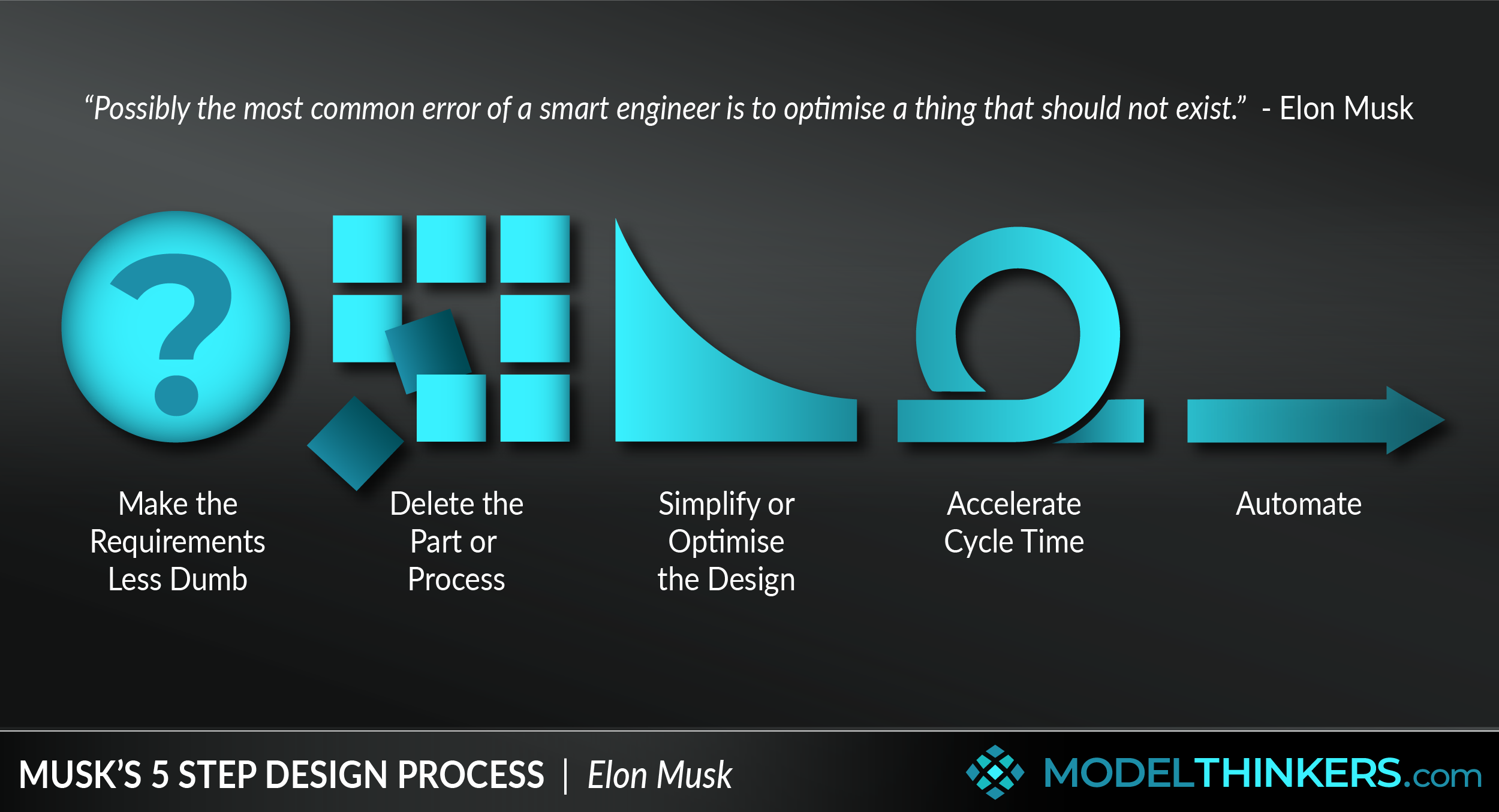Elon Musk has long been at the center of innovation, from electric vehicles to private space exploration. However, “Elon’s Algorithm,” implemented in Musk’s social media platform X (formerly Twitter), has sparked curiosity and debate for its role in shaping online discourse. This article dives into the origins, functionality, impact, criticisms, and future possibilities of “Elon’s Algorithm,” aiming to provide a balanced view for tech enthusiasts, investors, and the general public alike.
What Is “Elon’s Algorithm”?
“Elon’s Algorithm” refers to an AI-driven system designed to manage content distribution and engagement on X. Introduced after Musk acquired the social media platform in late 2022, the algorithm allegedly aims to promote conversations that align with Musk’s vision of “free speech” and user engagement. While this broad purpose resonates with the ideals of transparency and inclusivity, the algorithm’s actual implementation raises important questions about content visibility and platform bias.
The Development and Goals of “Elon’s Algorithm”
After acquiring X, Musk spoke extensively about addressing the platform’s inefficiencies and perceived censorship. The algorithm was touted as a solution designed to make content curation more equitable while promoting high-quality engagement. According to Musk, the overarching goal was to enhance the user experience by incentivizing authentic interactions while discouraging spam, bots, and toxic behavior.
However, a critical shift occurred in early to mid-2024, when several independent studies suggested that X’s algorithm aligned content curation with Musk’s interests, perspectives, and even his personal online activity.
How Does the Algorithm Work?
While the full technical details remain proprietary, publicly available information reveals that the algorithm focuses on several key factors:
- Engagement Signals: Likes, retweets, comments, and reposts are weighted heavily to boost visibility for high-performing posts.
- Relevance of Content: The system prioritizes posts that align with trending topics or discussions.
- Account Authority: Verified users, particularly those with significant follower counts, are given higher visibility in feeds.
- AI Ranking Models: The algorithm uses predictive models to suggest content users are likely to engage with, based on previous behavior.
Nevertheless, its inner workings are clouded by speculation and reports of potential manual overrides to favor certain accounts, including Musk’s own.
The Impact on User Experience
X users have reported mixed experiences since Elon’s Algorithm took control:
- Content Visibility: Some creators have seen dramatic fluctuations in visibility due to the algorithm’s preferences, with prominent accounts typically benefiting the most.
- Political Bias and Polarization: Studies, such as one by the Queensland University of Technology, suggest a distinct bias favoring posts from conservative accounts and Musk’s personal engagements. This adjustment has raised concerns about fairness and neutrality.
- User Retention: While the platform continues to attract engagement from certain groups, many users, especially those with opposing viewpoints, feel alienated.
For better or worse, Elon’s Algorithm has undoubtedly shaped the way information circulates on X, redefining what users see and engage with daily.
The Controversies and Criticisms
Musk’s declaration of X as the “digital town square of free speech” contrasts deeply with concerns raised around the algorithm’s functioning:
- Boosting of Musk’s Content: According to studies, X’s algorithm disproportionately promotes Musk’s posts, with some seeing engagement spikes of over 200% after a strategic tweak during the 2024 presidential election cycle.
- Alleged Political Bias: Researchers and users alike have criticized Musk for allowing the algorithm to amplify conservative-leaning accounts, potentially stifling diverse political viewpoints.
- Lack of Transparency: Despite Musk’s claims of openness, the technical details and decision-making processes behind the algorithm remain opaque, creating mistrust among users and researchers.
This brewing contention has led some to question whether Elon’s Algorithm contradicts the ideals it set out to uphold.
How It Compares to Other Social Media Algorithms
When placed alongside algorithms from platforms like Facebook, TikTok, and Instagram, Elon’s Algorithm stands out—but not always for the right reasons:
- Transparency: Platforms like TikTok have made strides toward algorithmic transparency by publishing explanations about user feeds. By contrast, X’s lack of disclosure has fueled deeper skepticism.
- Customization: Instagram and Facebook emphasize user-specific feeds, while Musk’s algorithm simultaneously integrates public-figure prioritization.
- Impact on Engagement: Like X, platforms such as Facebook also prioritize sensationalist or polarizing content, which can lead to increased divides but higher user activity.
While all algorithms influence content visibility, Elon’s Algorithm appears to lean into personal branding and ideology far more than its counterparts.
Potential Future Developments
Looking ahead, Musk has hinted at ambitious plans to further optimize the platform’s functionality through AI, potentially introducing features like real-time sentiment analysis and expanded user-customization options. Implementing levels of user control, such as letting individuals decide which factors influence their feeds, could offer a solution to growing criticisms.
Meanwhile, external factors, including regulatory pressures and user backlash, may play significant roles in shaping the future of Elon’s Algorithm. Transparency and accountability will be pivotal if X hopes to regain the trust of its broader audience.
Final Thoughts on “Elon’s Algorithm”
“Elon’s Algorithm” represents the complex struggle between innovation and controversy in the tech industry. While it strives to redefine the social media landscape with advanced AI capabilities and Elon Musk’s vision of “free speech,” its execution has raised critical issues around transparency, fairness, and ethical responsibility. How it evolves further will likely determine its long-term impact on both X’s success and the digital public square at large.
For now, though, Elon’s Algorithm remains a fascinating lens through which we can explore the ongoing tension between tech entrepreneurship and the social consequences of algorithmic governance.








